Three Considerations When Evaluating Early Stands
The U. S. Department of Agriculture National Agricultural Statistics Service (USDA NASS) released its latest Crop Progress and Conditions report on May 3, 2021, [...]
Do Soybeans Need Sulfur?
In the past five years, it seems like conversations regarding sulfur have increased. And as a result, many farmers are starting to incorporate a [...]
Establishing 2021 Agronomy Trials
In modern production agriculture, research and trials have expanded beyond small strip trials and universities. Many producers are developing their own sophisticated, on-farm research.
Understanding Crop Insurance and Grain Marketing
The Federal Crop Insurance Corporation is a risk management tool used to mitigate financial losses to U.S. farmers. In 1996, the Risk Management Agency [...]
Risks and Rewards of Planting Soybean Early
Farming is a business that is built on supply, demand, biology, and the environment. It is the greater understanding of these factors that influence [...]
Do Not Lead with the Big Guns
Weed management is more than just selecting a post applied herbicide trait in your soybeans and waiting to spray when weeds emerge. Over the [...]
What to do while we wait for the Elusive ‘Silver Bullet,’ Recap of Summit Breakout
During the Soybean Summit session on February 24, I had the opportunity to learn from Dr. Bernards with the Western Illinois University School of [...]
Insect Management: What did we learn in 2020, Recap of Summit Breakout
During the second session of Soybean Summit on February 17, I had the opportunity to learn from Dr. Nick Seiter, who presented “Insect Management: [...]
Understanding Seedling Diseases & Seed Treatments, Recap of Summit Breakout
During the first session of the 2021 Soybean Summit on February 10, I had the opportunity to learn from Dr. Kleczewski’s presentation, “Seedling Disease [...]
Seven Thoughts to R5
Once a soybean seed is placed into the soil, it is Mother Nature’s job to provide an opportunistic mouth to feed on it. Whether [...]

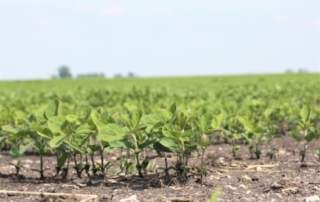
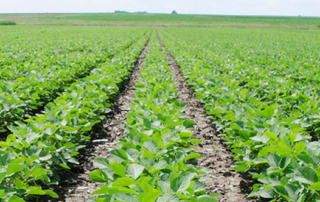
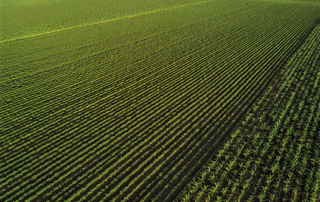
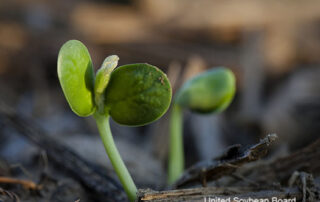
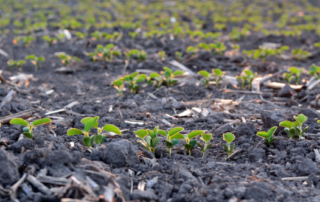
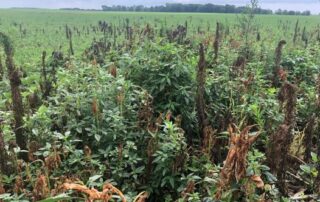
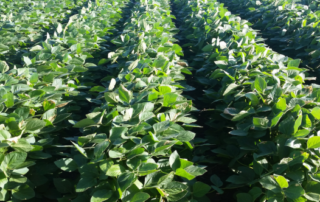
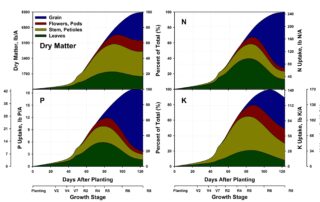
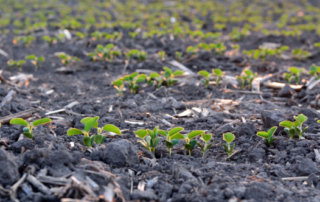
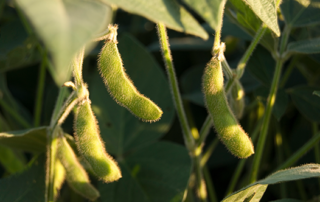

 and then
and then